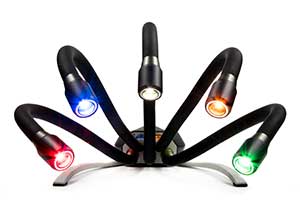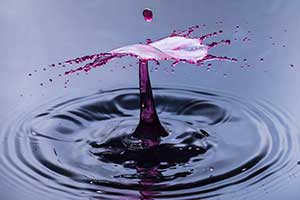Macro photography gives you the opportunity to explore new and exciting worlds on your doorstep. Its amazing seeing something for the first time, that is otherwise invisible to the naked eye. However, macro photography lenses are typically very expensive, so why not reverse some old prime lenses that you can purchase for under £20? You can reverse any lens, but prime lenses provide much clearer optics and nearly always result in better macro photographs.
In this article we are going to talk about how to reverse prime lenses at a very low cost. Macro photography does not have to be expensive, so give it a go and immerse yourself in new worlds.
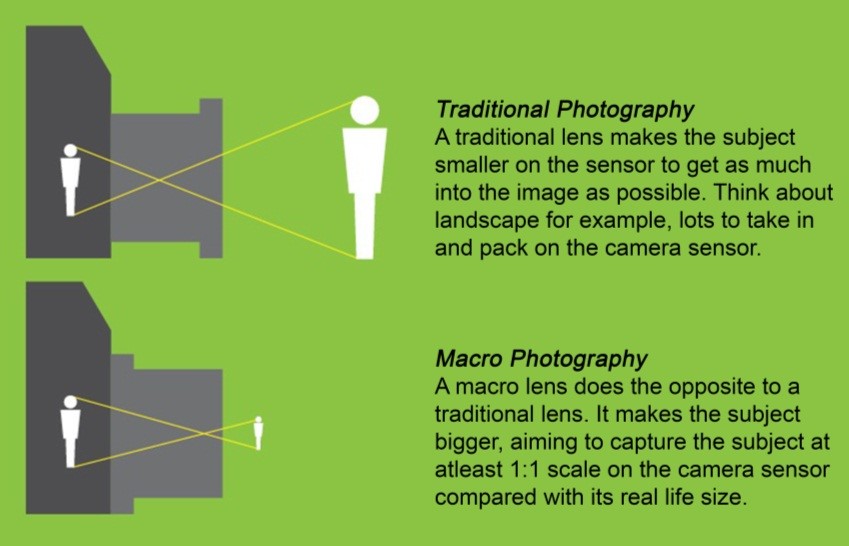
What you will need
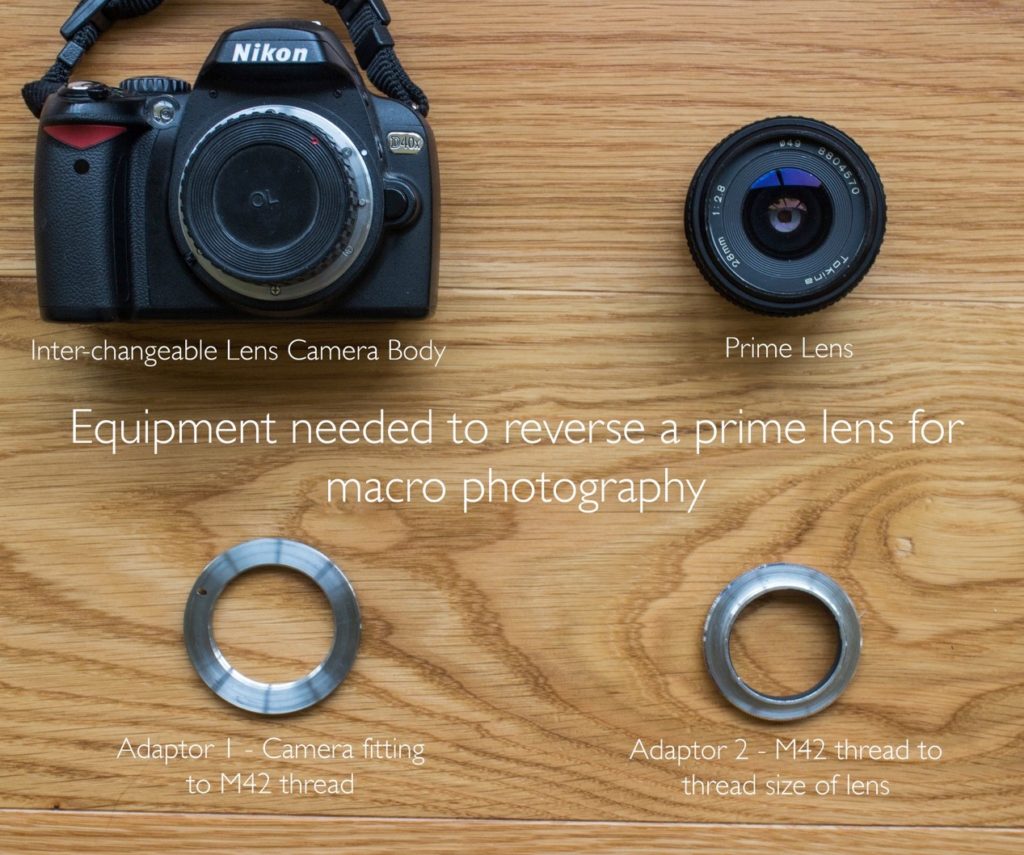

Ebay is a great website for purchasing adaptors and old prime lenses. Make sure you choose a prime lens that has a manual aperture control ring. This is important otherwise you will be forced to use the aperture at its widest setting, which will result in a very narrow depth of field, more on this below. The lens and adaptors photographed cost no more than £20.
Setting-up
- Thread your prime lens onto adaptor 2.
- Thread adaptor 2 onto Adaptor 1.
- Mount adaptor 1 to your camera with attached reversed lens and adaptor
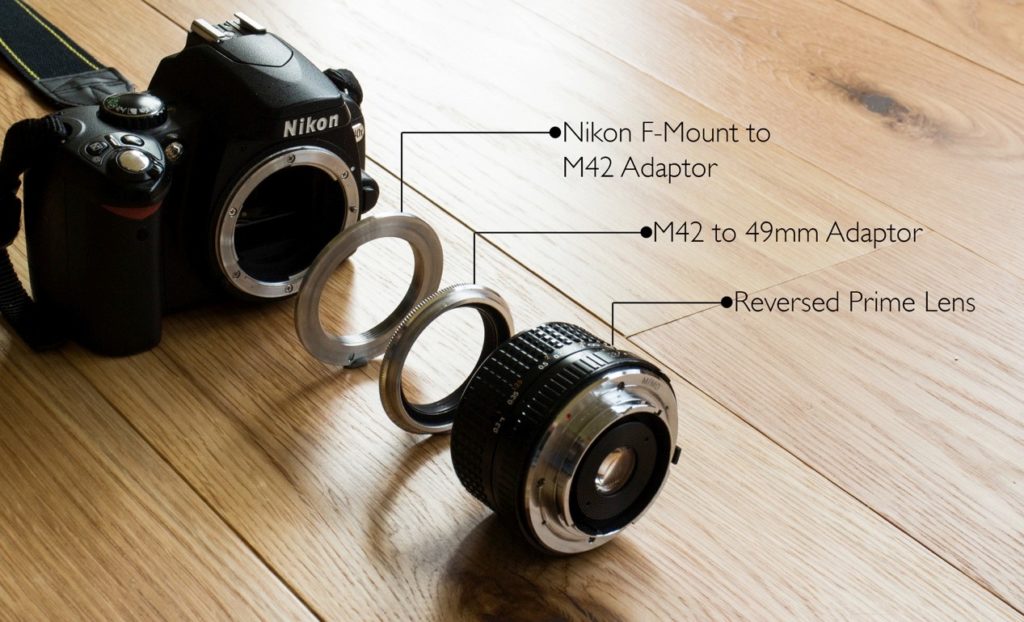
That’s it! You now have an awesome macro photography lens, which was super affordable.
Shooting using your reverse lens
As the lens is attached to your camera backwards, you lose all automatic focusing and aperture control, therefore these have to be controlled manually. We believe shooting photography manually actually improves your photography skills considerably, as it gives you a greater understanding of how everything works together.
Here are some detailed instructions on shooting with reversed lenses:-
1. Set your camera to manual mode.
2. Ensure there is plenty of light shrouding your subject. Direct sunlight is great for starting with reversed macro lenses. (for tips on lighting, check out our post on lighting for macro photography here, or download our free introduction to creative lighting PDF at the bottom of the post!)
3. Focus the subject.

4. Set your shutter speed and aperture:- The aperture can be controlled by using the manual aperture ring on your lens. In macro photography you have a very small depth of field (DOF), therefore it is best to use a high F-number to increase the DOF as much as possible. As you increase the F-number, you will notice that the viewfinder gets darker. You should find a good balance between the shutter speed and aperture for your lighting scene. The higher the F-number, the slower your shutter speed will need to be and visa versa. If shooting without a tri-pod using continuous light, shoot using a shutter speed of at least 1/100th of a second to avoid camera shake.
5.Stopping down the aperture:-
Depending on the lens you have, you may have to stop down the aperture so you can control it when reversing the lens.

6. Snap away! If shooting free-hand ensure you are incredibly stable. If there is not enough light to get a fast shutter speed to avoid camera shake, use a tri-pod.
Getting even closer!
If you want to get even closer using the same lens, you can buy an extension tube. Extension tubes increase the magnification factor considerably and are relatively cheap. Simply buy a M42 extension tube, and place between your adaptors.
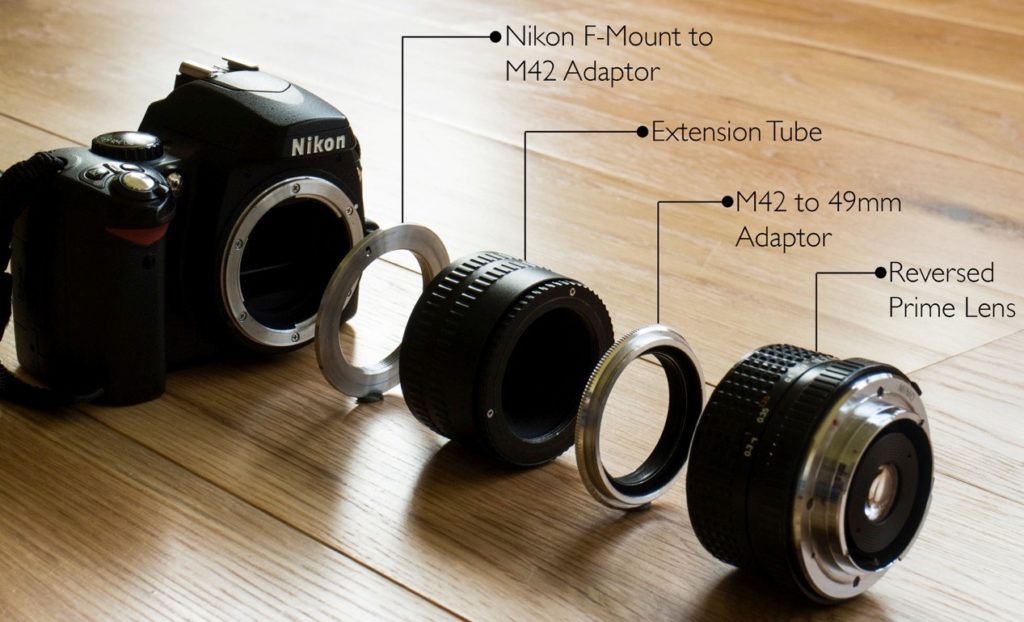
If you want to see some examples of images shot with a reversed macro lens, head over to our gallery, many of the images you see there are shot with the setups described above, with amazing results!
If you’re interested in learning more, sign up to our newsletter below and download our introduction to creative lighting for macro photography, where we look at the pros and cons of different types of light!
- Cool paper photography tricks that you should try at home - 14th April 2024
- Egg Macro Photography – Easter Egg Lightpainting - 30th March 2024
- Using Tonic Water to create amazing UV flower photography! - 16th March 2024

